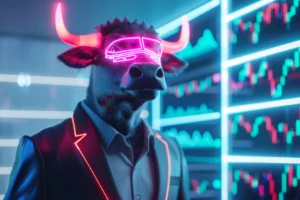Web3 Internet Freedom Explained: Can We Really Take Back the Web?
Web3 Internet Freedom: How It Works and Why It Matters
You’ve likely heard the term Web3 internet freedom — maybe on Twitter, in tech news, or even in casual conversations about the “next internet.” But what does it actually mean? And why are so many developers, users, and digital rights advocates talking about it?
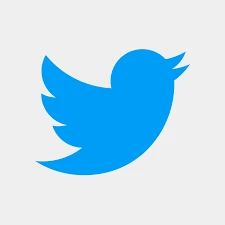
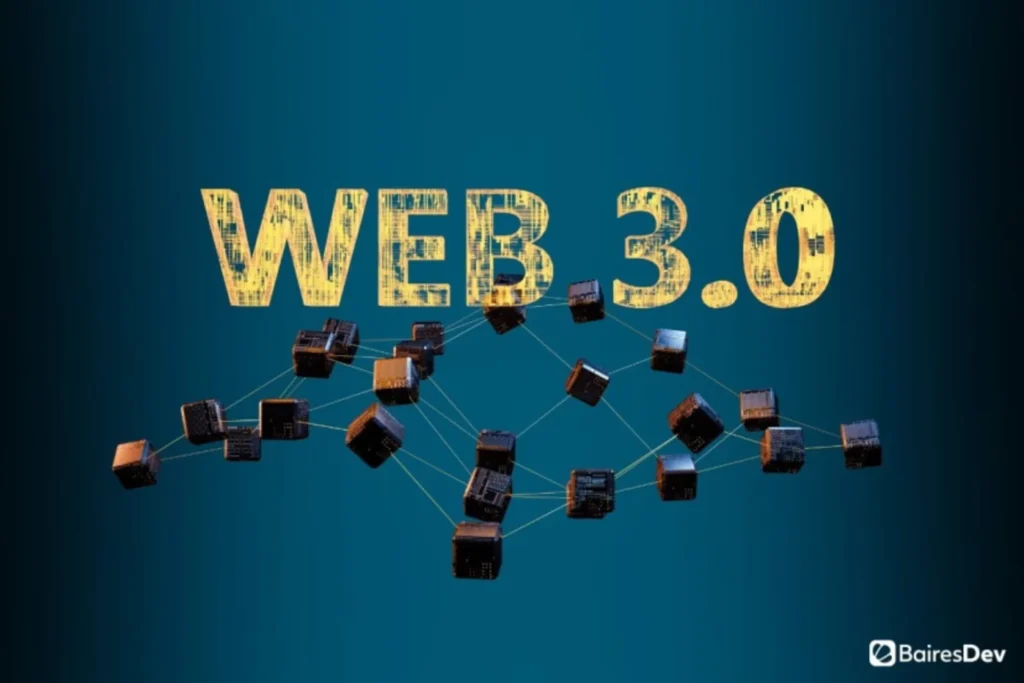
In this explainer, we’ll walk through the key concepts behind Web3 internet freedom, the technologies that support it, and the opportunities and challenges that come with this bold new vision.
What’s Wrong with the Current Internet Model?
Let’s start with where we are now — often referred to as Web2. This era of the internet is dominated by centralized platforms: Facebook (Meta), Google, Twitter (X), Amazon, and so on. They provide convenience, but at a cost.
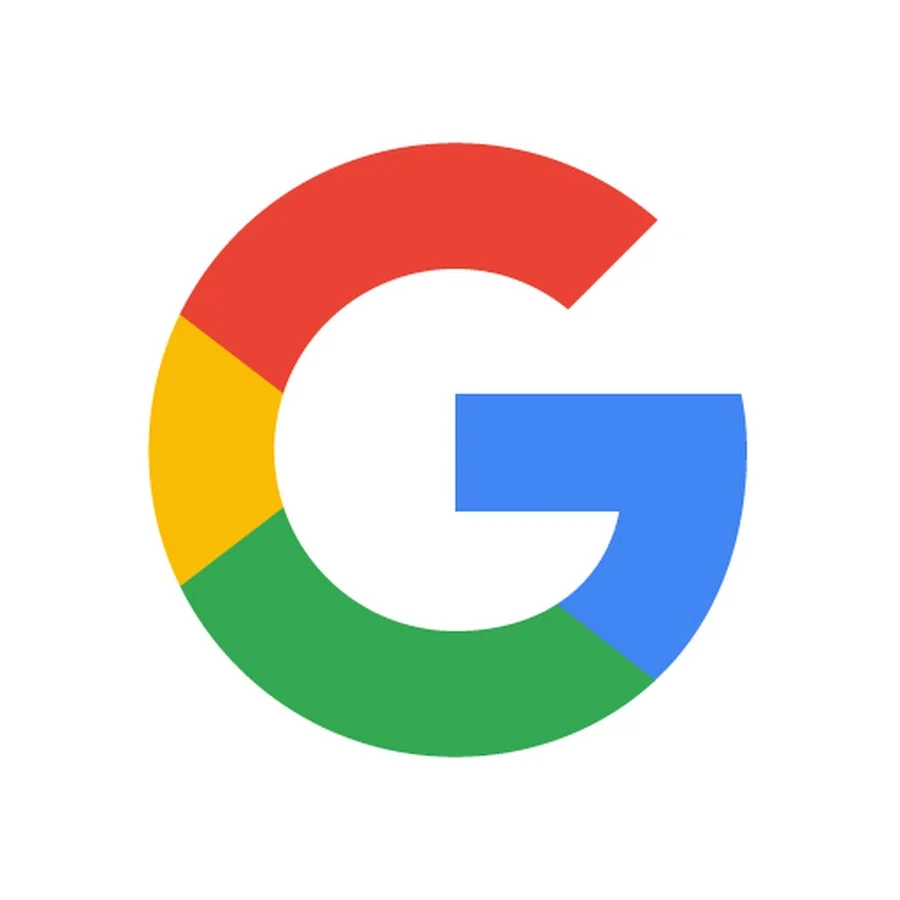
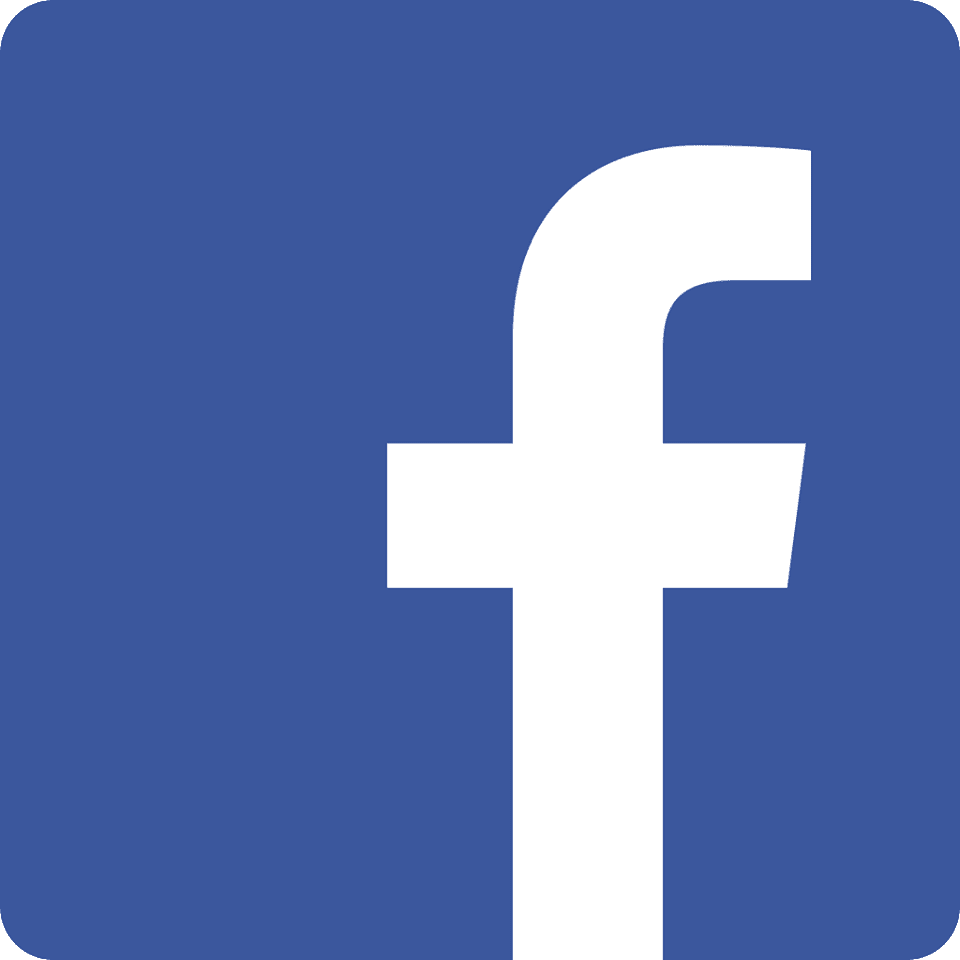
Most Web2 platforms:
- Control your data
- Own your identity (your username, content, contacts)
- Can restrict or remove your access with little recourse
- Profit from your attention and personal information
This model limits user agency and concentrates power in a few hands.
What Does Web3 Internet Freedom Actually Mean?
At its core, Web3 internet freedom is about decentralization. That means redistributing control from centralized entities to users and communities. The goal isn’t to destroy platforms — it’s to reimagine how they’re built, governed, and used.
Three main principles define this concept:
- Ownership – Users own their data, content, and digital assets.
- Portability – Identities and information can move across platforms.
- Transparency – Rules and operations are often open-source and auditable.
Web3 technologies like blockchain, decentralized identity (DID), and smart contracts help make these goals technically possible.
How Ownership and Identity Work in Web3
In Web2, logging in means handing over your identity to a company. In contrast, Web3 enables self-sovereign identity. Using a crypto wallet like MetaMask or WalletConnect, users authenticate directly — without a central authority.
This wallet can store:
- Access credentials (via ENS or similar)
- NFTs (digital assets)
- Tokens
- Reputation systems or social graphs (on platforms like Lens or Farcaster)
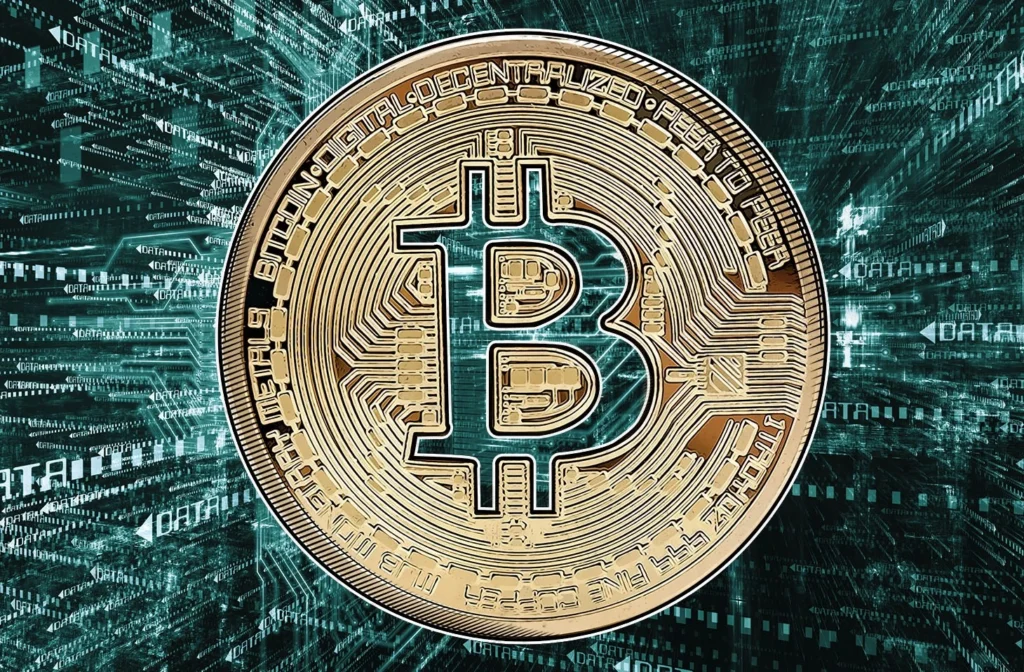
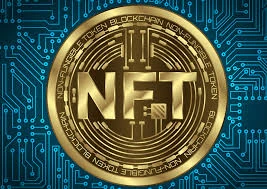
This model allows for real user control. For example, if you post content on a Web3 social app, you still “own” that post — even if the platform disappears.
Decentralized Platforms in Practice
Several early Web3-native platforms are exploring new social and publishing models:
- Lens Protocol: A social graph protocol where you own your followers and content.
- Farcaster: A decentralized protocol with multiple front-ends, offering resilience and user choice.
- Mirror: A decentralized blogging and publishing tool using blockchain for ownership and monetization.
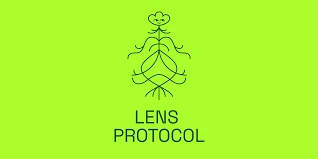
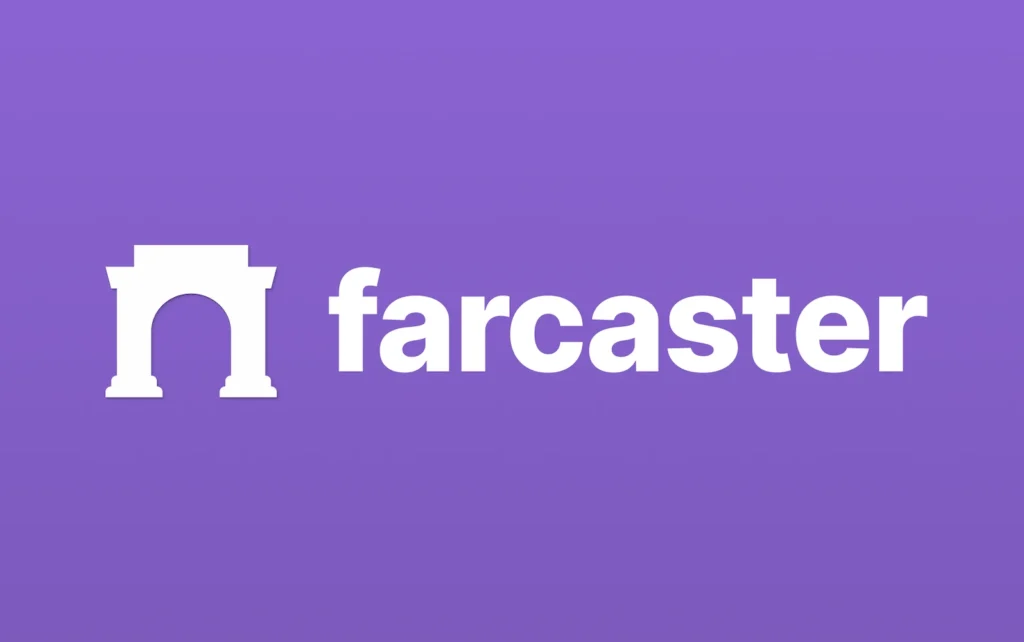
Unlike traditional apps, these platforms are designed for interoperability. You can access your data from multiple interfaces — and move it if you choose. This is a key piece of Web3 internet freedom.
Limitations and Challenges
While promising, Web3 isn’t without hurdles.
- User Experience (UX): Wallets, seed phrases, gas fees — the learning curve can be steep.
- Scalability: Some blockchain networks still struggle with performance and cost.
- Adoption: Most users are unfamiliar with the technology or don’t see an immediate benefit.
- Regulation: Legal frameworks are still catching up, especially around privacy and identity.
These challenges don’t invalidate the vision, but they highlight the need for thoughtful development, better tooling, and inclusive education.
Why Web3 Internet Freedom Still Matters
Despite the bumps, the underlying ideas of Web3 internet freedom are gaining traction:
- Governments and non-profits are exploring decentralized ID systems.
- Artists and creators are experimenting with NFTs and direct ownership models.
- Privacy advocates are championing zero-knowledge tools and open protocols.
These movements reflect growing awareness: users want more control over their online lives. And Web3 offers a credible path to that — even if we’re not there yet.
Final Thoughts: Moving Toward a More Open Internet
So, is Web3 internet freedom guaranteed? Not quite. But it’s a powerful direction — one that challenges long-held assumptions about what the internet should be.
As tools mature and education improves, more people may begin to see Web3 not as hype, but as a natural evolution. Whether it fully replaces Web2 or simply reshapes it, the movement is already influencing how we think about digital rights and online autonomy.
At the very least, it’s a shift worth understanding — and perhaps, even embracing.
Relevant Link : Here


